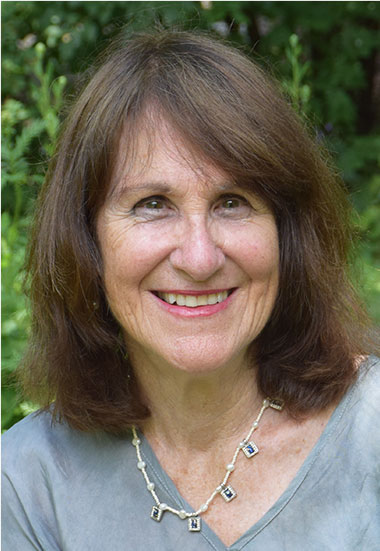Margaret’s Writing Process
How do I write my books? At the very start, I am ‘called’ by the possible subject. It’s hard to explain but it’s a little like the first stages of falling in love. You know how you pay just a little more attention to the person, you are just a little bit more aware of his or her presence, you feel a little different when he or she is in a room? That’s what it’s like when my historical characters begin to stir. I become aware of them; suddenly every article or TV ad or interview seems to touch on them in some way. When that happens, do I feel excited, even a bit possessive? That’s the real test.
From the first tickling of interest until I commit myself to the subject, there’s a long fallow time. While waiting, I ask other people how that topic strikes them—if everyone shrugs then I know it appeals only to me, but if people’s eyes light up, then I know I am being invited to travel down that road.
Now all this time I have been reading and thinking about the possible new subject, indulging in a sort of clandestine time-travel affair of the mind with him or her. When we are finally ready to announce our engagement, I present the new project to the world and go about openly with him/her.
I try to divide the time I am allotted to write the book into equal parts of research and writing. The temptation is to keep on and on researching—there is always one more book to read—and so run out of time for the creative part, which after all is the most important aspect. If a book fails in its creative mission, then it doesn’t matter how much research anyone has done, no one will relate to it.
Because I like both phases of the project, both the research and the writing, I tend to want to keep doing whatever it is I am doing and not switch. So I have to keep a strict timetable and be schoolmarmish with myself.
My research methods are old-fashioned and low-tech. I enjoy hunting on the internet for facts and doing searches to see what comes up in relation to my character, but I still rely primarily on printed material for my sources. I try to own all the books I will need, so I can always have them at hand at home, and also to make notes in them. I copy pertinent references onto 4″x 6″ cards and keep them in a file box. I also have chronological spiral notebooks with one page for each month of a subject’s life, as well as space to enter events taking place in the larger world. I have no research assistant; I do it all myself.
After mastering as much of the material as I possibly can, I then go to the places where the subjects have lived. I try to walk in their footsteps as much as I possibly can. Sometimes their haunts have been preserved as historic heritage sites but other times the sites have vanished or been turned into something else entirely. I try to go to the places in different seasons so I can better understand what it was like to live there. Scotland is very different in February than in June! Once I am there I buy all the onsite booklets, which often contain facts not available elsewhere, and I take lots of slides. Later I will use these slides to reconstruct a site, because no matter how observant I try to be, it’s impossible to take in and retain all the details. I don’t use videos because the moving image is less helpful in checking for details than a still photograph. But I will buy onsite videos if they are available, because they can help. I also take a notebook so I can record what the site ‘feels’ like.
It’s possible to go to the sites first and do the reading afterward, but I believe you see more if you have trained yourself as to what to look for.
Now on to the writing itself! I do not work with outlines as such because my subjects already have a known storyline to their lives. (We all know Mary Queen of Scots gets executed.) Instead I work in scenes: ‘we need a scene where Mary Magdalene first realizes the idol harbors a demon’: ‘we need a scene that shows Cleopatra’s iron will, even as a child.’ Then I make flow charts for the scenes. Sometimes one scene morphs into two. I am usually sketching 5-10 scenes ahead, but of course these follow the broad outline of the character’s life. I always write in sequence, because that way references and plot ideas can grow as I go along.
I try to write the first draft very quickly, to keep moving forward and sketch out the story and action, rather than revising each section before moving on. I find that by the time I reach the end the revisions I will make are quite different from the ones I would have made in the beginning. Too much revision makes the project seem stale to me.
I always try to write one entire scene at a time. You may have noticed that most of my scenes tend to be about 5 pages long—that’s because that’s my natural day’s output! I don’t agree with Hemingway’s rule that you should break off in the middle of a scene because it makes it easier to start the next day. I find if I do that I can never recapture the mood of the original scene. But each writer has his or her own method of working.
One personal tag: I try to have a tortoise in each book.

